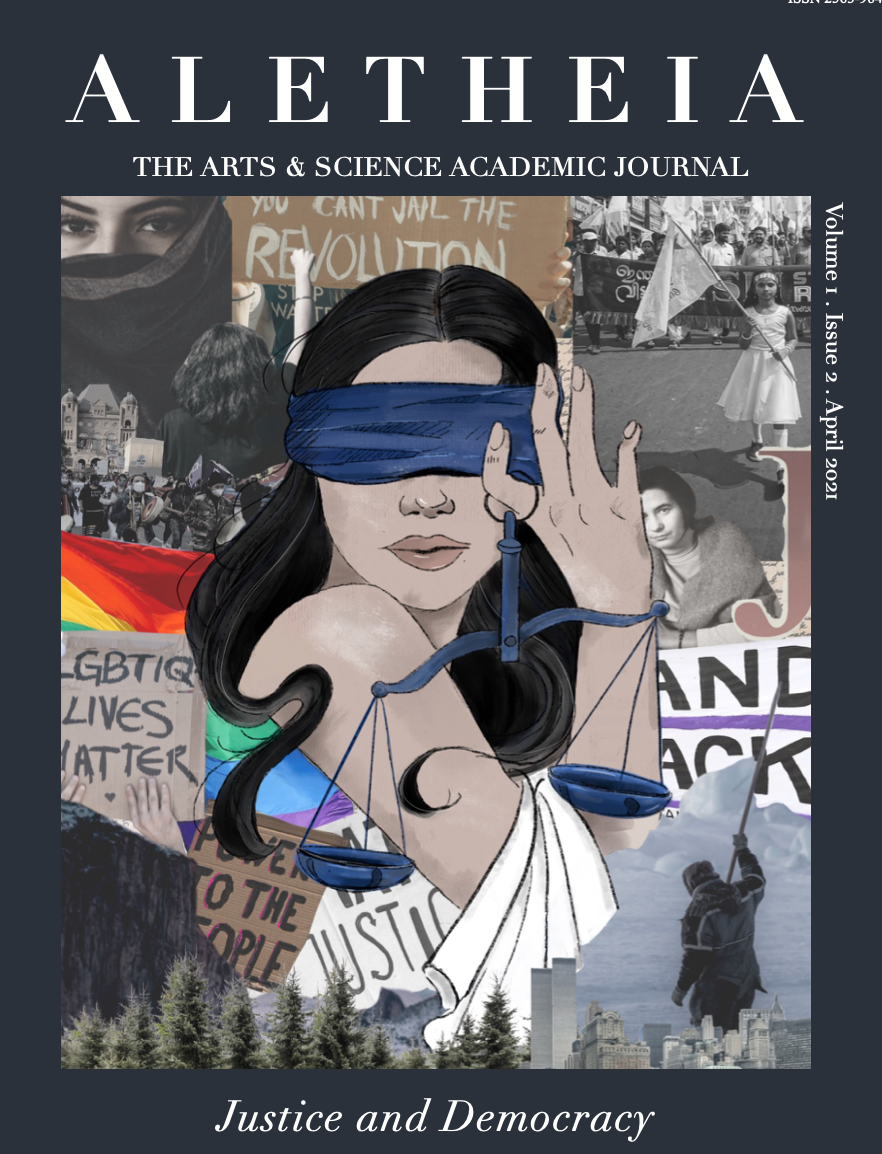THREATS OF THE HIJAB: HOW FRANCE’S COLONIAL FABRICATION OF THE ISLAMIC HEADSCARF AFFECTS ITS MUSLIM WOMEN
DOI:
https://doi.org/10.15173/a.v1i2.2821Abstract
Discourse in France on the Islamic headscarf is omnipresent, even if its presence in schools is not. There are polarizing views in literature on whether Muslim women can truly integrate into French society if their religiosity and headscarf appears to go against the republic’s principles of equality, liberty, and fraternity. While this inquiry may be prevalent, there has been little interdisciplinary discussion on what invokes such negative reactions from the majority of the French population towards the Islamic headscarf. There has been even less discussion and reports on the impact of this reaction on Muslim women in France. This paper seeks to contribute to those apertures in scholarly literature. Using the French ban of 2004 as a case study, I explore how France’s colonial fabrication of the Islamic headscarf is pervasive and impacts the identity and livelihood of Muslim women in France. The term ‘hijab’ in this paper refers to Islamic headscarf Muslim women wear to meet religious requirements. I start by analyzing France’s colonial history with Algeria and its depiction of the hijab during that period. Then, I illustrate its importance in French understandings of the headscarf by highlighting parallels between arguments used for the ban on headscarves and France’s historical repackaging of the Muslim headdress. Concluding illustrations will reveal the harrowing impact of the hijab ban on the rights, identity, education and socioeconomic class of Muslim women in France.
Published
Issue
Section
License
Copyright (c) 2021 Aletheia

This work is licensed under a Creative Commons Attribution-NonCommercial-NoDerivatives 4.0 International License.
All Rights Reserved





